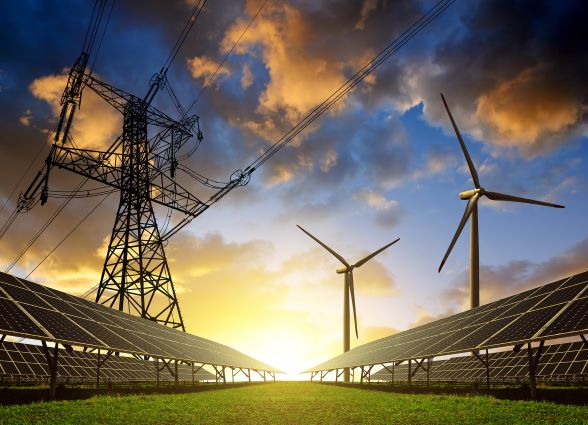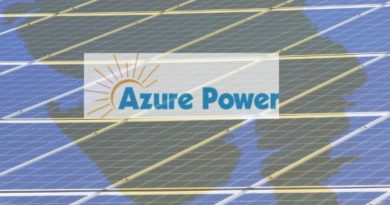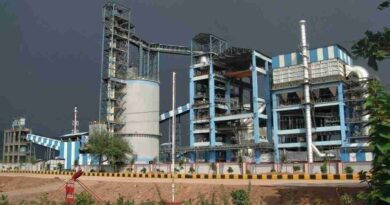MNRE Asks for Separate Funding Streams for Renewable Sector
 Money may stream says Economic Survey
Money may stream says Economic Survey
According to an online portal, a senior government official said the ministry asked the Reserve Bank of India (RBI) to separate renewable energy (RE) from thermal power in its regulations in order to have different sectoral caps.
“The MNRE has asked the RBI to treat renewable separately from conventional energy. Lately banks have become wary of investing in power projects. But RE is a sunrise sector and we don’t want it to be masked by the problems in thermal,” the official was quoted saying.
India’s thermal power sector is burdened with non-performing assets (NPAs) worth Rs 2 trillion, with a capacity of 40,000 Mw non-functional.
Additionally, the MNRE has written to the RBI, asking the cap of Rs 15 crore to be removed from priority sector lending norms for the renewable sector.
The move is in line with the latest change in the bidding regime wherein large-scale projects would be offered. At the same time, wind power is in need of domestic financing because it faces regulatory challenges and reduction in foreign investment due to this.
“India is planning mega-scale projects in solar. The minimum size of projects tendered is 500 MW, which translates into an investment of Rs 2,000-2,500 crore. So this is a much-needed change,” a senior industry executive said at a industry-government dialogue held in May. Top sector executives said financing was a major hurdle to the growth of RE.
“Shortage of investment capital and risk of NPAs threaten the sector. It would need $550 billion investment by 2030,” an industry presentation said to the government in the ‘Chintan Baithak’ held by the MNRE.
To address the challenge of accessing initial capital requirements, the MNRE has urged leading sector financiers Power Finance Corporation (PFC), the Indian Renewable Development Agency (IREDA) and Rural Electrification Corporation (REC) to design specialized lending schemes for the RE sector.
These three lending institutions have been asked to chalk out short-term/construction period loans for renewable projects. The IREDA is doing it. “If loan is available during the crucial construction period, it would help bring new investors and entrepreneurs,” said an senior official.
PFC ventured into RE with separate lending schemes in 2017. The company reported a growth rate of 260 percent in loan disbursement to the renewable energy sector during 2018-19, on a small base. In an aim to attract RE projects, the lending agency decreased its rates in the range of 9.5-11 percent.
Industry experts have been vocal about RE sector facing the double whammy of traditional funding sources, like banks and private and venture capital funds, drying up, and falling tariffs, making project funding difficult.
Solar has seen the lowest tariff of Rs 2.44 per unit and wind Rs 2.45 a unit after bidding was introduced in the latter. According to RE consultancy firm Bridge to India, most chief executive officers in the sector said lack of low-cost debt funding was a major challenge in RE development in India.
India has set a target of a RE capacity of 175 GW by 2022. Of that, solar energy will contribute 100 GW. The balance comes from wind, biomass and other clean energy sources. India, in its climate change targets, has committed sourcing 40 percent of its energy demand from renewable sources by 2022.
Of course, it is another issue that isolating the RE sector from the thermal sector seems next to impossible, thanks to the wide prevalence of existing PPA’s with thermal players, a distribution infrastructure that has been created to carry thermal generated power, and of course, the sorry state of most discoms.




